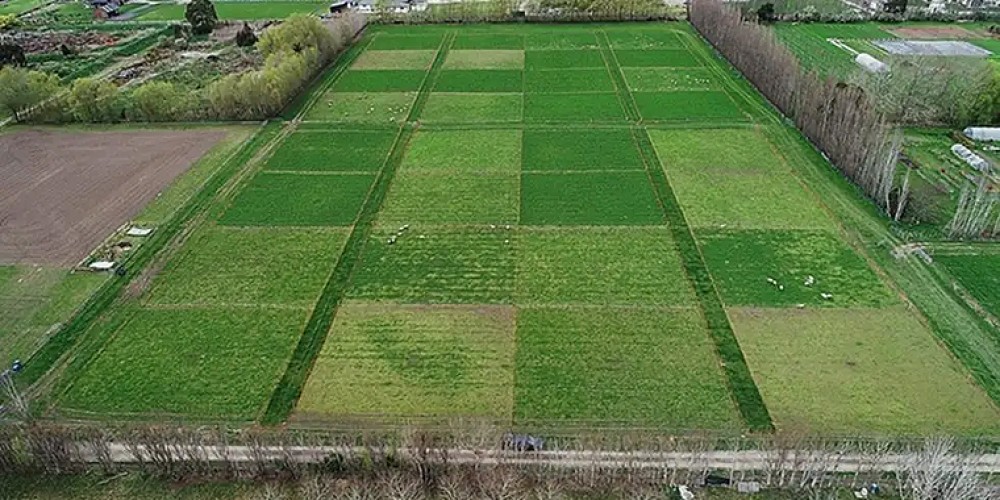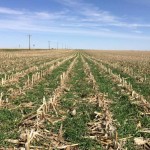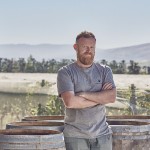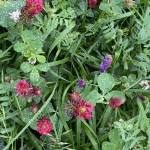Innovative Approaches to Sustainable Farming: Integrating Soil Science, Pasture Management, and Dairy Research
Added 24 hrs ago

The concept of regenerative agriculture is gaining momentum in New Zealand, with the Whenua Haumanu Programme leading the way. This initiative, a collaboration between Massey University and the Ministry for Primary Industries through the Sustainable Food and Fibre Futures fund, is the most extensive programme of its kind in the country.
Recently, Massey University students Rukshagni Sutharsan and Varthani Susruthan shared insights into their research and experiences within the programme.
Rukshagni Sutharsan, a PhD candidate in soil science at Massey University, is contributing to a seven-year study under Whenua Haumanu. Her research examines biological nitrogen fixation, the process by which atmospheric nitrogen is converted into a form usable by plants. She is exploring how different pasture systems impact this process, with a particular focus on the role of legumes and free-living microbes in enhancing soil health.
Her study compares two pasture systems: a traditional ryegrass-clover mix and a diverse pasture incorporating multiple species. The aim is to determine whether increased pasture diversity improves nitrogen fixation, potentially reducing dependence on synthetic fertilisers. By incorporating a variety of legumes such as lucerne and sainfoin, she seeks to support year-round nitrogen fixation, which could lower fertiliser use, reduce environmental impact, and improve soil quality.
To measure nitrogen fixation, Sutharsan employs advanced techniques such as N-15 isotope tracking and enzymatic assays. She also plans to use DNA-based methods to identify active bacteria in different pasture conditions. Additionally, she is assessing nodule formation on legumes, a practical indicator farmers can use to gauge nitrogen fixation potential in their fields.
Sutharsan is particularly drawn to the sustainability aspect of her research. She emphasizes the importance of prioritizing soil health alongside productivity. Looking ahead, she hopes to apply her expertise in agricultural consultancy or work directly with farmers to promote sustainable farming methods.
Varthani Susruthan, also a PhD student at Massey, offers a different perspective. Originally from Sri Lanka, she was drawn to New Zealand’s pasture-based dairy system, known for balancing profitability with environmental responsibility. Her research focuses on pasture ecology and management, studying plant diversity, composition, and pasture growth performance in relation to animal production and welfare.
A key aspect of her study involves assessing tools used to monitor pasture growth, such as the rising plate meter. While this tool is commonly used in ryegrass-clover pastures, its accuracy in more diverse pastures is still being evaluated. Preliminary findings suggest it remains effective, but further research is needed to confirm its reliability across different pasture systems. She is also investigating alternative measurement methods, such as the sward stick, and analyzing how pasture composition influences milk production, reproduction, and overall farm performance.
Her research compares three systems: standard pastures with contemporary management, diverse pastures with regenerative management, and diverse pastures with contemporary management. Now in its third year, the study continues to generate valuable insights, helping to refine best practices for incorporating regenerative principles into existing dairy systems.
Susruthan sees significant potential in the Whenua Haumanu Programme for New Zealand’s agricultural sector. She highlights its role in advancing the scientific understanding of both regenerative and contemporary farming practices. While many regenerative techniques are already used by farmers, there is still a need for scientific validation to optimize their effectiveness. She believes the research findings will provide valuable guidance for farmers looking to improve pasture management, farm sustainability, and environmental stewardship.
The Whenua Haumanu Programme represents a major step forward in understanding how regenerative agriculture can be effectively implemented in New Zealand’s unique farming environment. By integrating soil science, pasture management, and dairy production research, it offers a solid foundation for more sustainable farming practices. With researchers like Sutharsan and Susruthan driving these efforts, the programme not only advances academic knowledge but also provides farmers with essential tools and insights for the future of agriculture.
Join the conversation
Be the first to leave a comment.
Leave a comment
All comments are reviewed before they are published on the website. Your email address will not be published.






